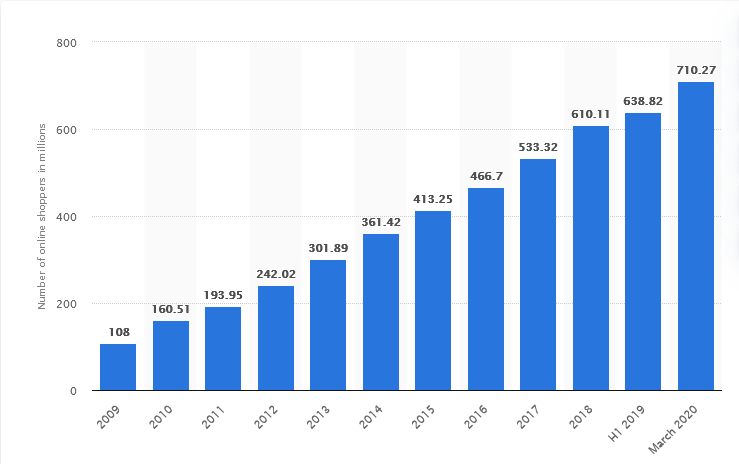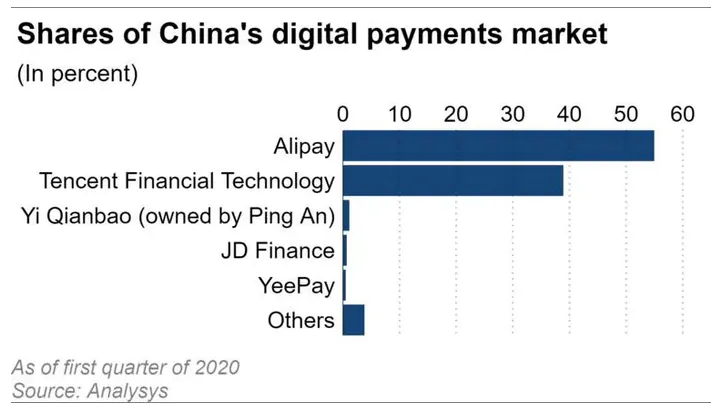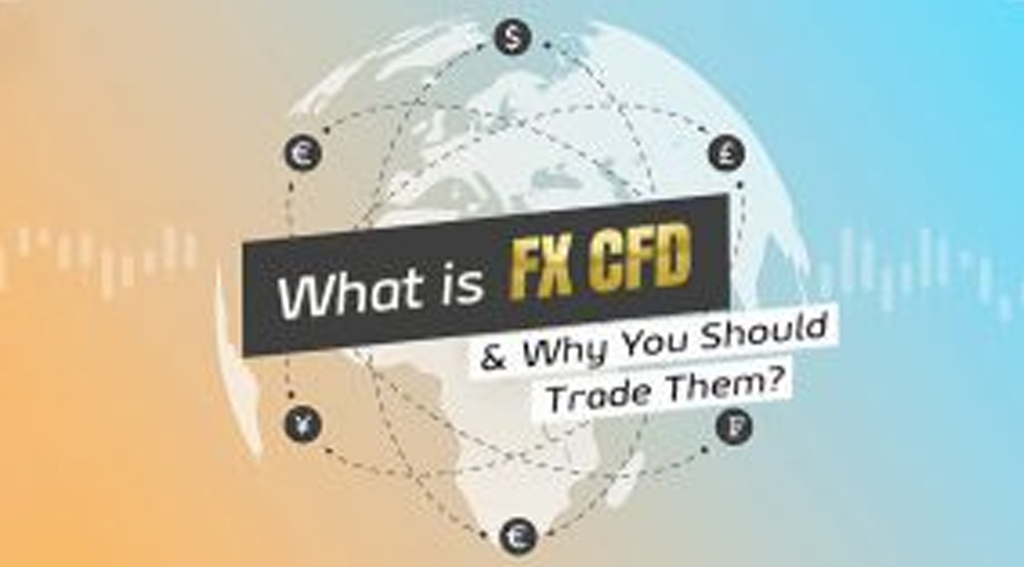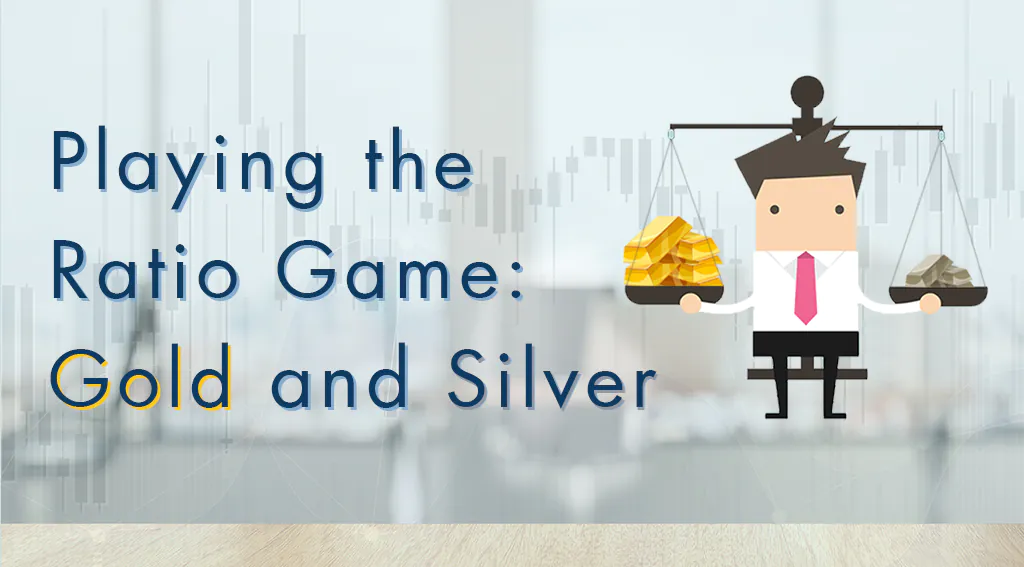A Look into Ant Group: The Rise of Fintech Giants
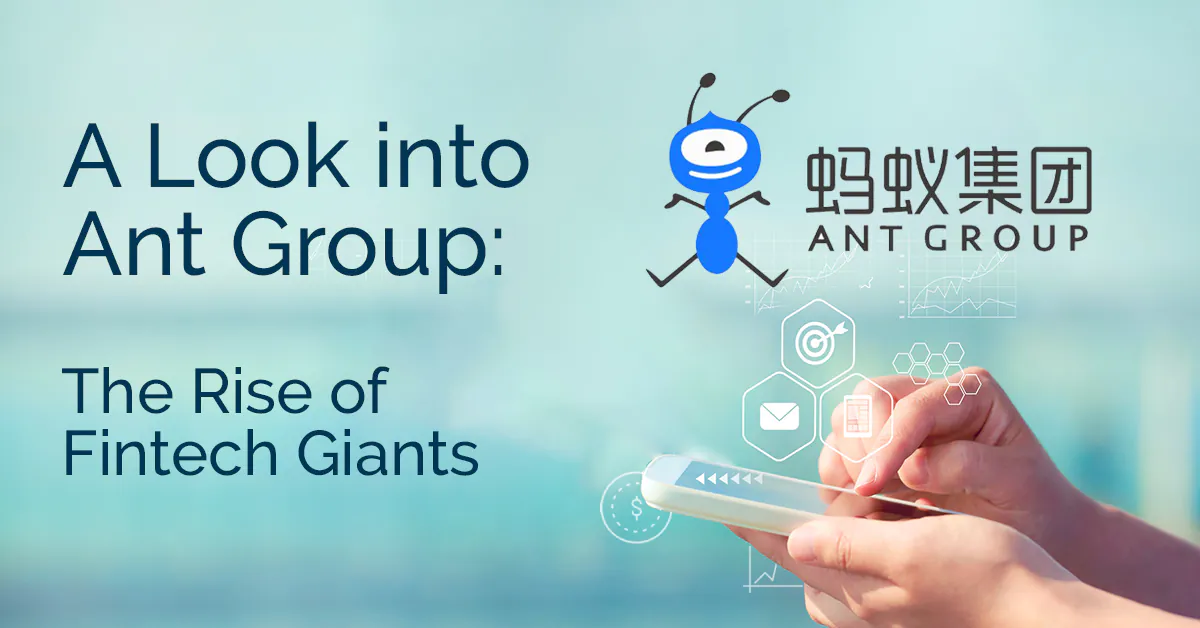
Published On: 7 September 2020 | 5:00 PM
Jay Lin, Dealer
Jay graduated from the National University of Singapore with a Bachelor’s Degree in Electrical Engineering, specialising in Power Engineering.
Sun Wanxin , CFD Team
Sun Wanxin graduated from Singapore Management University with a Bachelor’s Degree in Business Management. As a member of the largest dealing team in Phillip Securities, she focuses on the Hong Kong market and analyses products from both a technical and fundamental perspective. She also researches on the Fintech industry during her free time.
Athena Miao , CFD Team
Athena graduated from the National University of Singapore with a Bachelor’s Degree in Economics. She worked as a banker in UOB before joining Phillip Securities. As a member of our securities dealing team managing over 50,000 accounts, she firmly believes in making informed decisions to ride the tides of the market.
In her free time, she enjoys reading The Economist to review the latest global outlook.
Back in university, I often heard from my Chinese classmates about how fintech and online payments were rapidly transforming the Chinese payment industry. Wanting to experience this first-hand, I traveled from Hong Kong to Shenzhen to meet a few ex-classmates while on vacation in 2017.
In Shenzhen, I observed and experienced how easy it was to make payments by scanning the QR code with a smartphone. I was amazed that even street food vendors and the mom and pop shops in Shenzhen accepted cashless payment such as Alipay.
Fun Fact: Ant Group is one of the contenders for the wholesale digital banking license in Singapore. It was also amongst the 8 licensees granted a digital bank license in Hong Kong! [1]
Ant Group runs Alipay, one of China’s most popular mobile payment apps. Did you know that Ant Group does more than just mobile payments? It is an entire giant Fintech ecosystem that could be potentially valued between $150-$200 Billion USD. [2]
Ant Group is looking for a dual listing IPO in Shanghai and Hong Kong. Alibaba has a 33% stake in Ant Group. This article will examine the history, development, and business model of Ant Group, after which, we will analyse this Fintech behemoth, and find out how we can subscribe to Ant Group. Lastly, we will look into how CFDs work and how one can use CFDs to gain exposure to the counters of their choice.
Origin of Ant Group - Alipay
4 April 1999, Founder of Alibaba Jack Ma, and his team gathered and founded Alibaba.com in Jack Ma’s Hangzhou apartment. Their intention was to create an e-commerce platform that could help Chinese small medium enterprises export their products to the global markets.
However, in the early 2000s, e-commerce was still in its infancy stage in China. Buyers and sellers doubted the credibility of each other. To solve this problem, Alibaba invented Alipay which started off as the payment intermediary for Taobao, a China online shopping website and subsidiary of Alibaba.
Once Alipay received the purchase amount from a buyer, it would instruct the seller to ship the goods. After receiving confirmation of a successful delivery to the buyer, Alipay would release the funds to the seller. Much like PayPal, Alipay gets a processing fee for acting as an intermediary.
Figure 1: Number of online shoppers in China 2009 to March 2020 (In Millions) [3]
Alipay helped solve these trust issues in China and was the main contributor for e-commerce growth in China. Figure 1 shows the growth of online shoppers in China YOY.
Given Alipay’s initial staggering success as a payment intermediary service for Taobao.com, it was able to expand its ecosystem by accepting offline partnering stores to accept payments via Alipay Wallet. Due to its accessibility and convenience, Alipay attracted 200,000 offline partnering stores and 500,000 taxi partners. By 2016, Alipay had 450 million verified users with mobile payment accounting for 71% of total payments. [4]
According to Analysys, as of 1Q 2020, Alipay contributed 54.9% of China’s total digital payments market. Tencent Financial Technology ranked second on the list.
Ant Group’s Business Model
Ant Group is more than just an online payment service. It is an entire giant Fintech ecosystem! Besides online payment services, Ant Group offers services such as microfinancing, peer to peer lending, credit scoring, wealth management and even insurance.
Table 1 presents the breakdown of Ant Group’s business model.
Table 1: Ant Group’s Business Model [5]
As mentioned above, Alipay was originally created to solve e-commerce trust-related issues. It soon expanded its ecosystem to include other services. In June 2013, Alipay officially published its Wealth Management arm, Yu’ebao. Yu’ebao lowered the investment amount criteria for the general public. One could start from one yuan and may withdraw anytime. Yu’ebao, promoted China’s Money Market Fund to the general public. Now, it has become the biggest money market fund in China with 4.1 trillion yuan AUM. This strategic change transformed Alipay from a mere payment tool to a financial platform.
In October 2014, Ant Financial was founded together with Alipay, which was then already independent from Alibaba. Besides Alipay and Yu’ebao, Ant Finance also launched Yulibao, Mybank and a series of financial products including loans, funds and insurance.
In June 2020, Ant Financial officially changed its name to Ant Group, indicating Ant Group’s future direction. Instead of focusing on retail finance products, Ant Group started to expand its outreach towards B2B offering financial inclusion services and fintech solutions.
Analysis of Ant Group
Tracking Metrics
Due to the complexity of Ant Group’s business model, it would be ideal to break down their revenue, Gross Profit and EBITDA margins by business segment and see how each of them synergises with the entire ecosystem. Compare these margins with the company’s users and transactional volume. Determine their main revenue and margin drivers. Do these drivers of earnings and margins mainly come from growth in users, growth in transactional frequency or size of transactions?
For Fintech companies, one of the most crucial metrics to track is their customer acquisition costs. Start by analysing and comparing their marketing and promotional strategies to their customer acquisition costs. Compare these metrics with their peers in the same industry.
Additionally, track the mobile penetration rates and the type of peer to peer (p2p) lending/ financing demographics of the region that the Fintech company is operating in. For the Fintech company’s lending/financing services, analyse whether the company is competing against its traditional competitors (banks and payment services) or serving a demographic that was ignored by traditional Banks.
Lastly, compare the deposit rates of the regional banks to the Fintech company and understand how conventional banking regulations will affect their revenue streams. Ant Group’s money market fund Yu’e Bao had about $173 billion yuan in assets. However, Chinese regulators stepped in and limited how much money each investor could put in the fund. [6]
To find out more about Banking Stocks, please check out our article here.
A company’s future growth is a function of its return on invested capital and the rate of reinvestment. Therefore, after analysing the metrics above, move on to analyse their capital expenditures and working capital. This will give you an indication about how much cash they are able to retain in their business. After which, track their merger and acquisition records. For each investment, analyse how much shareholder value was created via these acquisitions.
Potential Future Risks
Without a doubt, Fintech has challenged conventional business models, services and products in the Banking and Finance industry. In China, the financial industry has always been strictly regulated by the People’s Bank of China and three sector-based regulators; CBRC, China Securities Regulatory Commission and China Insurance Regulatory Commission. [7]
The Chinese Central bank has also expressed its intention to launch the Digital Yuan. As mentioned above, Ant Group’s money market fund Yu’e Bao had about $173 billion yuan in assets. However, Chinese regulators stepped in and limited how much money each investor could put in the fund. [6] How will all these regulations and structural changes in the banking industry impact the Fintech Giants? Will they be frenemies of the traditional ecosystem or will they complement one another? Only time will tell.
Another potential risk would be the current global tensions. In Ant Group’s prospectus, it warned about how rising political tensions could affect Ant Group’s businesses in the United States, India and Southeast Asia. [5]
Trading Ant Group Using Contracts for Differences (CFDS)
In my opinion, Contracts for Differences (CFDs) are versatile tools for everyone’s portfolio. They can be used for hedging, short selling or leveraged trading. For a more detailed guide on Short Selling using CFDs, please check out our article. CFDs require a minimum sum upfront. This minimum sum upfront is known as the margin requirement.
CFDs are ideal tools for people without much capital outlay and still wish to capitalise on the growth potential and volatility.
Example 1 illustrates an example of how CFDs can amplify your returns with an initial margin paid up front.
However, do note that leverage is a double edged sword. Although CFDs can magnify your gains through leverage, losses will also be magnified! Therefore, it is always crucial to use leverage responsibly, manage risk effectively and cut losses promptly when you feel that the market is turning against you.
Example 1 illustrates an example of how CFDs compare to Equity trading and how gains and losses are magnified.
Example 1
| Equity Trading | CFD Trading |
| 28 August 2020, Mike initiates 2 open positions in Stock X. | |
| Stock X Share price = $1.00 Share quantity = 10,000 Total Share contract value = $1.00 x 10,000 = $10,000 |
Stock X Share Price = $1.00 CFD contract quantity = 10,000 Total CFD contract value = $1.00 x 10,000 = $10,000 Assuming that the margin requirement for Stock X is 10% The required margin would be = $1000 ($10,000 * 10%) |
| Total capital commitment = $10,000 |
Total capital commitment = $1,000 |
On 29 August 2020, we present 2 alternative independent scenarios.
Scenario A: Stock X increased by 10%
| Equity Trading | CFD Trading |
| Stock X Share Price = $1.10
*Gross Profit/Loss = ($1.10 – $1) * 10,000 = $1000 |
Stock X Share Price = $1.10
^Gross Profit/Loss = ($1.10 – $1)*10,000 = $1000 |
| *Return on Investment = $1000/$10,000 = 10% |
^Return on Investment = $1000/$1000 = 100% |
Scenario B: Stock X decreased by 10%, Mike decided to cut losses on both his positions promptly
| Equity Trading | CFD Trading |
| Stock X Share Price = $0.90
*Gross Profit/Loss = ($0.90 – $1) * 10,000 = -$1000 |
Stock X Share Price = $0.90
^Gross Profit/Loss = ($0.90 – $1) * 10,000 = -$1000 |
| *Return on Investment = $1000/$10,000 = -10% |
^Return on Investment = $1000/$1000 = -100% |
* Calculation here omits commission, clearing fees and all other trading fees in shares trading. Actual ROI will be lower than the ROI mentioned in the examples above.
^ Calculation here omits commission and finance charge for CFD trading. Actual ROI will be lower than the ROI mentioned in the examples above.
Gain exposure to Ant Group with Pre-IPO
At of the time of this article (7 September 2020), there is no confirmed date for Ant Group’s listing details on the Hong Kong Exchange and the Shanghai Stock Exchange.
However, fret not! While waiting for Ant Group’s official public trading dates, let us introduce the Hong Kong Pre-IPO market to you!
Ant Group will be available on the Hong Kong Pre-IPO market for investors to trade Ant Group one day before the official listing day on HKEX. To understand more about the Pre-IPO market, please visit here.
Conclusion
The rise of Fintech giants reminds me of the conglomerates of the yesteryears. They started off with a single business entity and then expanded their ecosystem to other segments which they could synergistically integrate. Ant Group started off with Alipay, whilst Square Inc started off by providing payment solutions for Mom and Pop businesses and both grew its ecosystem to synergistically integrate credit solutions, banking solutions and potentially cryptocurrency payments via their cash app platforms.
The future seems bright for these Fintech giants. However, it is also crucial to manage risks and understand the various challenges that these Fintech giants will face going forward.
We sincerely hope you found value reading this article and understand how CFDs work. Be sure to check out our other articles, promotions and courses we offer. Please feel free to email us at cfd@phillip.com.sg if you have any queries.
Till next time folks!
References
[1] https://fintechnews.sg/35820/virtual-banking/digital-bank-singapore-list-applicant/
[2] https://www.cnbc.com/2020/07/21/alibaba-ant-group-ipo-hong-kong-shanghai-explained.html
[3] https://www.statista.com/statistics/277391/number-of-online-buyers-in-china/
[4] https://www.fomopay.com/2017/07/10/alipay-versus-wechat-pay-a-battle-between-chinese-payment-giants/
[5] https://www1.hkexnews.hk/app/sehk/2020/102484/documents/sehk20082500535.pdf
[6] http://www.xinhuanet.com/finance/2018-06/28/c_1123047049.htm
[7] https://www.investopedia.com/articles/economics/11/chinese-banking-system.asp
More Articles
What is FX CFD & Why You Should Trade Them?
Before you plunge right into Forex (FX) CFD trading, please read this article to understand the basic fundamentals of Forex trading and how you can start trading Forex (FX) CFD with us.
Playing the Ratio Game: Gold and Silver
Gold price has surged to Multi-year high recently, generating massive interest in this investment amidst market uncertainties and low interest rates. Read on to find on about the Gold/Silver Ratio.
Understanding Contracts for Difference (CFD)
“What is CFD?” might be a question that has popped up into the minds of those that just recently got acquainted with the concept of investments.
Disclaimer
This material is provided to you for general information only and does not constitute a recommendation, an offer or solicitation to buy or sell the investment product mentioned. It does not have any regard to your specific investment objectives, financial situation or any of your particular needs. Accordingly, no warranty whatsoever is given and not liability whatsoever is accepted for any loss arising whether directly or indirectly as a result of your acting based on this information.
Investments are subject to investment risks. The risk of loss in leveraged trading can be substantial. You may sustain losses in excess of your initial funds and may be called upon to deposit additional margin funds at short notice. If the required funds are not provided within the prescribed time, your positions may be liquidated. The resulting deficits in your account are subject to penalty charges. The value of investments denominated in foreign currencies may diminish or increase due to changes in the rates of exchange. You should also be aware of the commissions and finance costs involved in trading leveraged products. This product may not be suitable for clients whose investment objective is preservation of capital and/or whose risk tolerance is low. Clients are advised to understand the nature and risks involved in margin trading.
You may wish to obtain advice from a qualified financial adviser, pursuant to a separate engagement, before making a commitment to purchase any of the investment products mentioned herein. In the event that you choose not to obtain advice from a qualified financial adviser, you should assess and consider whether the investment product is suitable for you before proceeding to invest and we do not offer any advice in this regard unless mandated to do so by way of a separate engagement. You are advised to read the trading account Terms & Conditions and Risk Disclosure Statement (available online at www.poems.com.sg) before trading in this product.
Any CFD offered is not approved or endorsed by the issuer or originator of the underlying securities and the issuer or originator is not privy to the CFD contract. This advertisement has not been reviewed by the Monetary Authority of Singapore (MAS).






